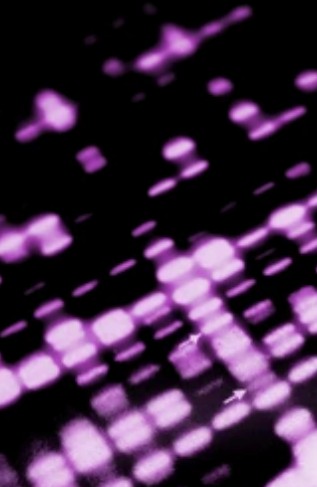Plant Telomere Length Assay
Telomeres are repetitive DNA sequences located at the ends of chromosomes that play a vital role in maintaining genome stability and preserving chromosomal integrity. Measuring telomere length is crucial to assessing cellular aging and the impact of various factors on telomere maintenance. The plant telomere length assay allows precise quantification of telomeric repeats in plant cells.
With state-of-the-art facilities and a team of highly skilled scientists, Lifeasible guarantees precise and accurate determination of telomere length in plants. We work closely with our clients to understand their unique requirements and provide tailored solutions that meet their research objectives and timelines.
Quantitative Real-Time PCR (qPCR)
- Quantitative real-time PCR (qPCR) is a widely used method for assessing plant telomere length. This technique relies on amplifying telomeric DNA sequences by PCR and quantifying the results in real time.
- Lifeasible employs specific primer pairs that target the tandemly repeated telomeric DNA sequences. In combination with a suitable DNA polymerase, these primers amplify the telomeric DNA sequences, and the resulting fluorescence intensity is measured in real-time. The amount of signal obtained correlates with the abundance of telomeric DNA in the sample, enabling telomere length determination.
Southern Blot Analysis

- We use another reliable technique, southern blot analysis, for determining telomere length in plants. This method involves the separation of genomic DNA fragments through gel electrophoresis, followed by their transfer onto a solid support membrane.
- In our workflow, genomic DNA is first digested with specific restriction enzymes to produce telomeric fragments. These fragments are then separated based on size using agarose gel electrophoresis and transferred to a membrane. Following the transfer, the membrane is hybridized with a radioactively or chemically labeled telomere-specific probe. The hybridized probe is visualized through autoradiography or chemiluminescence, allowing the determination of telomere length based on the size of the hybridized fragments.
Fluorescence in Situ Hybridization (FISH)
- We also employ FISH as a powerful tool for plant telomere assay. FISH involves using fluorescently labeled probes that bind specifically to telomeric DNA sequences, allowing their visualization under a fluorescence microscope.
- We fix and denature plant chromosomes on microscope slides to expose the telomeric DNA sequences. The fluorescently labeled probes are then hybridized with the denatured chromosomes, specifically binding to the telomeric regions. The chromosomes are visualized using a fluorescence microscope, and telomere length is determined by measuring the fluorescence signal along the chromosome length.
Lifeasible provides cost-effective, high-quality, and hassle-free services to our customers worldwide. We provide our clients with direct access to our experts and prompt responses to their questions. If you are interested in our services or have some questions, please feel free to contact us or make an online inquiry.
For research or industrial raw materials, not for personal medical use!
